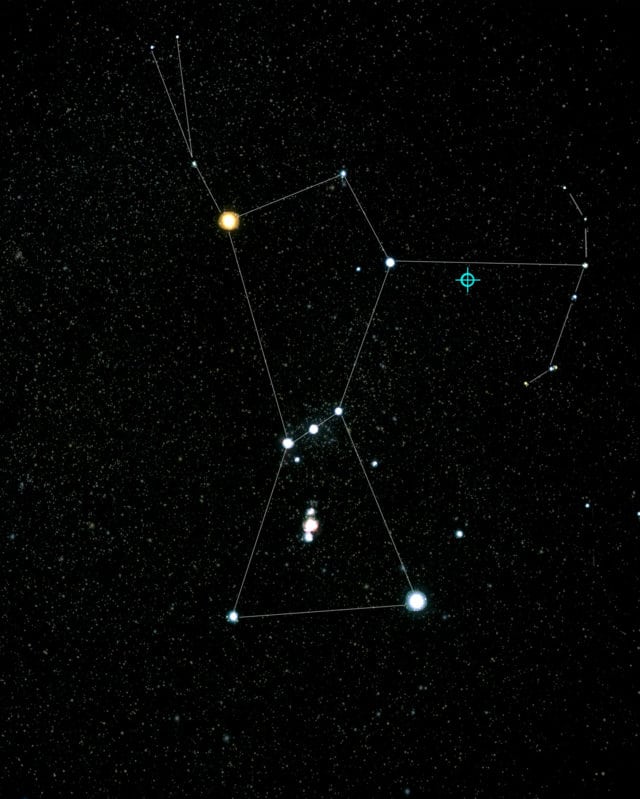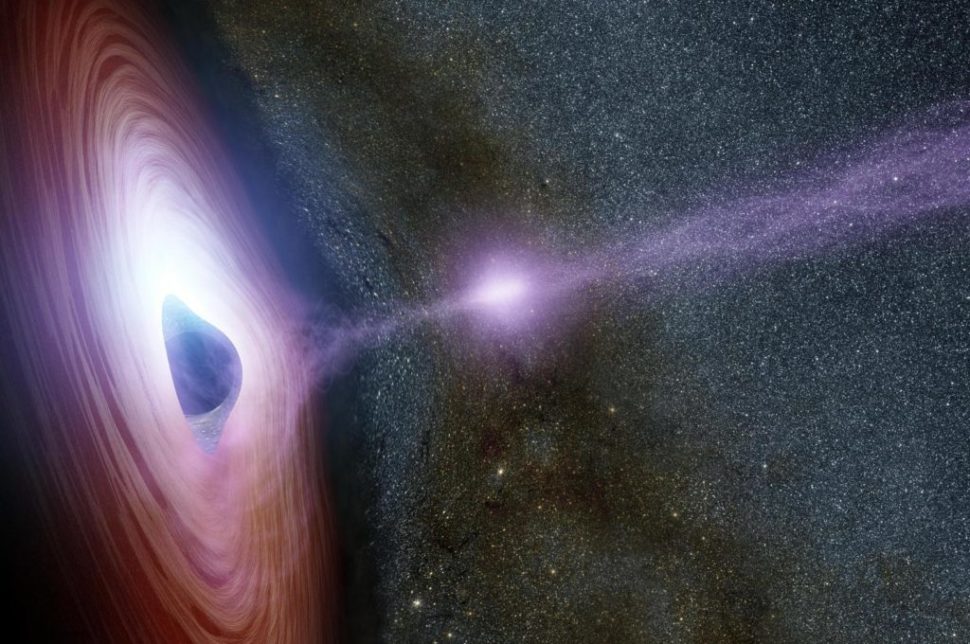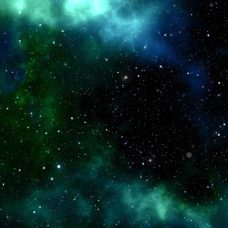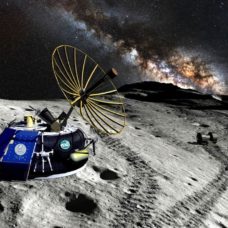In a breakthrough in astronomy, researchers were able to trace the cosmic source of a mysterious ghost particle which made its way to our planet.
The high-energy neutrino, or “ghost particle”, was discovered by researchers buried two kilometers beneath the surface of the south polar ice cap. Using the IceCube Neutrino Observatory located in Antarctica and other instruments, the astronomers were able to track the neutrino’s cosmic source to a distant blazar about 3.7 billion light-years from Earth.
According to studies, neutrinos are subatomic particles that are almost massless. They rarely interact with their environment because they don’t have electric charges. In fact, it is said that trillions of these particles are flowing through our bodies undetected every second.

Scientists claim that the majority of neutrinos in our planet are from the sun. However, a small percentage of these ghost particles that have high energies are said to have come from deep space. These cosmic particles are elusive, making it difficult for astronomers to study them. That was the case until one was discovered September last year.
The ghostly neutrino particle labeled as 170922A reportedly died after colliding with an atom beneath the ice surface of the South Pole. In a study, published by the researchers in the journal Science, they noted that the neutrino’s birthplace was a blazar known as TXS 0506+056, found billions of light-years away in the constellation of Orion.
Blazars are massive elliptical galaxies that contain supermassive fast-spinning black holes at their centers. These black holes suck materials at intense rates while spewing streams of highly energized particles out into space at the same time.
Aside from tracing the origin of the ghost particle, the researchers appear to have also solved the century-old mystery of what kind of objects could create high-energy cosmic rays that go hand in hand with cosmic neutrinos.
“We know that there are these very high-energy cosmic rays being accelerated out there somewhere and it’s a century-old mystery where they are coming from,” Erik Blaufuss, an astronomer who works on IceCube at the University of Maryland, was quoted as saying. “The problem with cosmic rays is that they go out into space and get scrambled.”
By tracing the origin of the neutrino, the IceCube researchers have opened a new era of space exploration where celestial bodies and materials can also be observed using neutrino detectors and not just conventional telescopes and observatories.



















Comments (0)
Most Recent